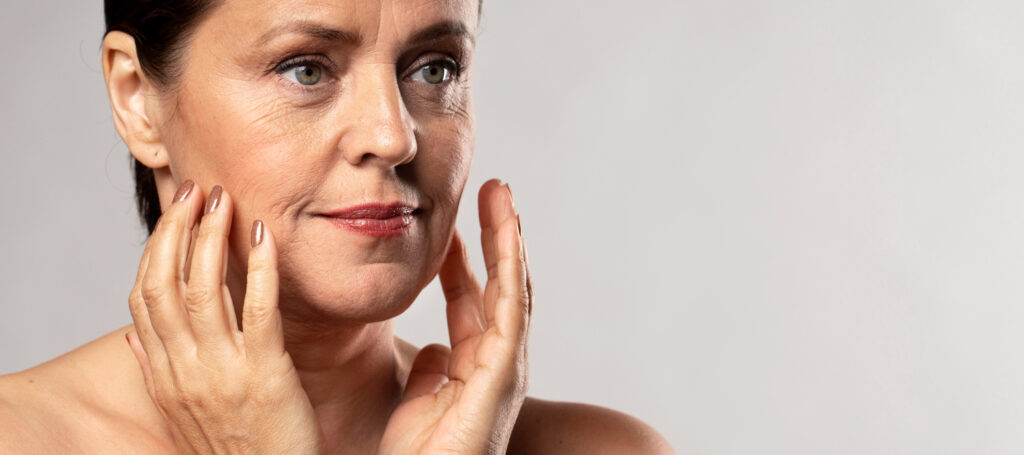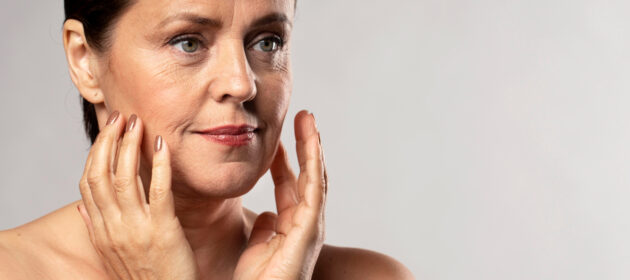
Aging is a natural part of life, and while it brings wisdom and experience, it also impacts your skin. As alarming as it may be, you don’t have to be concerned. Most changes are completely normal and can be managed with proper care.
In this article, we will explore five things that can happen to your skin as you age. Whether you’re already noticing these signs or just curious about what’s to come, understanding the process will help you maintain healthy, glowing skin.
Table of Contents
Thinning and Fragility
One of the most noticeable changes in aging skin is thinning. Our skin becomes less dense, making it appear more fragile and translucent. This happens because the production of collagen and elastin decreases over time.
Thinning skin is more prone to bruises and injuries. You may also notice changes to your skin’s color, and even develop varicose veins. These are swollen and twisted blood vessels that bulge just under the skin’s surface, generally on the leg.
If you wish to reduce their appearance, it’s worth contacting experienced professionals, such as the team at Schulman Vein and Laser Center. They use minimally invasive procedures such as laser therapy, painless injection treatments, and microsurgery.
Wrinkles and Fine Lines
Wrinkles and fine lines are perhaps the most recognized signs of aging, and can’t be completely prevented. Again, they occur due to a breakdown in collagen and elastin fibers, as well as repetitive facial movements over the years.
Try incorporating products with retinoids or peptides into your skincare routine to stimulate collagen production and improve skin elasticity. Sunscreen is also your best defense against premature aging and can make a big difference. For optimal protection, consider using a Korean sunscreen, renowned for its lightweight formulas, high SPF ratings, and skin-nourishing ingredients that provide effective sun protection while enhancing your skincare routine.
Dryness and Flaking
With age, the skin’s ability to retain moisture diminishes, leading to dryness and flaking. The sebaceous glands produce less oil, which is a natural lubricant for the skin. Consequently, it can also become rough and itchy.
Dry skin can exacerbate the appearance of fine lines and wrinkles, making them more pronounced. Addressing this issue involves adopting a consistent routine that focuses on hydration and nourishment.
You can find some great advice on how to choose a suitable moisturizer here.
Increased Pigmentation and Age Spots
Lastly, age spots, also known as sunspots, are flat, brown patches that appear on sun-exposed areas of the skin. They result from prolonged exposure to UV rays and appear more frequently as you age. While harmless, they are a common cosmetic concern for many individuals.
Managing age spots involves both prevention and treatment. Consistent use of sunscreen can prevent new spots from forming and existing ones from darkening. For those seeking more drastic results, dermatological procedures such as laser therapy and chemical peels are available
Final Words
Aging skin is a natural part of life, but understanding the changes that it undergoes can empower you to maintain its health and vitality. By adopting a proactive approach to skincare and following the advice above, you can enjoy radiant, youthful skin throughout the years.
